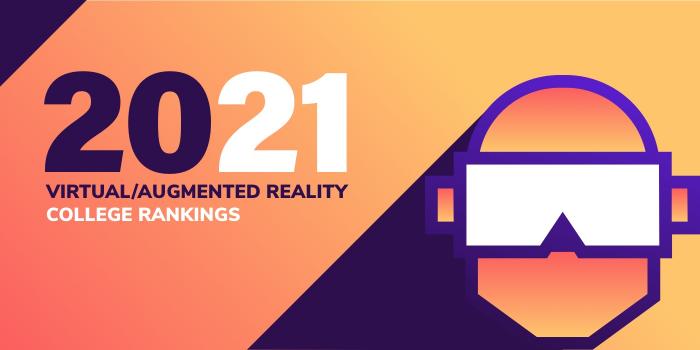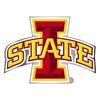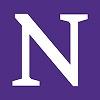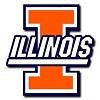The McCormick School of Engineering at Northwestern University (NU) houses the Computer Science Department, which heads the Human-Computer Interaction (HCI) Research Area. Supported topics include AR/VR, Mixed-Initiative Systems, Tangible User Interfaces, Cyberlearning, Ubiquitous Computing, User-Centered Design, Mobile Interaction Design, Interactive Audio, and Multi-Touch Interaction, to name a few.
Students in HCI are enrolled in programs in Computer Science (BA, BS, MS, and a Minor), Communication, Learning Sciences, and Technology & Social Behavior. Students also take courses and attend seminars through the Segal Design Institute.
The BA in Computer Science is offered in the Judd A. and Marjorie Weinberg College of Arts and Sciences (est. 1851). The BS and MS are offered in the McCormick School of Engineering and Applied Science (est. 1909). Minors are available at McCormick and Weinberg. Undergraduate course highlights include Artificial Intelligence (AI) Programming, Machine Learning, Resource Virtualization, Advanced Digital Design, Designing & Constructing Models with Multi-Agent Language, Tangible Interaction Design and Learning, HCI, Computer Graphics, Computer Game Design and Development, Machine Perception of Music & Audio, Game Design Studio, Software Construction, and Agile Software Development.
MS students have the opportunity to customize the curriculum to “fit their research interests and career aspirations.” Options include courses and research in AI, HCI, distributed interactive systems, Theoretical Computer Science, and Computer Graphics and Human Computer Interfaces for Spatial Applications, Visualization, and Computer Entertainment.
Students in all programs have access to The Garage—NU’s AR/VR Media Lab.
The Garage consists of an 11,000 square foot space that provides programming and resources, and supports projects, networking, and collaboration between students and more than 250 mentors and experts. To date The Garage has helped produce more than 500 student-founded startups and projects.
Northwestern CS alumni are Computer Programmers, Software Developers and Engineers, Entrepreneurs, and more. They work for Google, IBM, Microsoft, Intel, and many others.
Established in 1851, Northwestern University serves 21,000 students enrolled in 12 colleges across three campuses in Chicago, IL, Evanston, IL, and Doha, Qatar. The school also has sites in San Francisco, CA, New York, NY, Washington, DC and Miami, FL.












